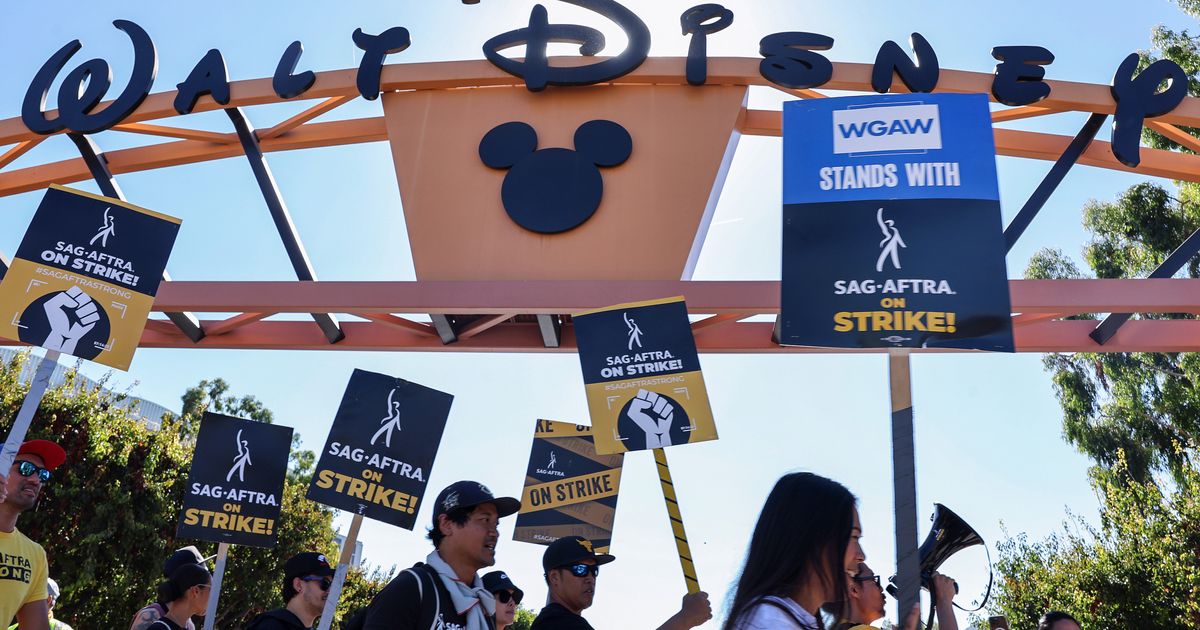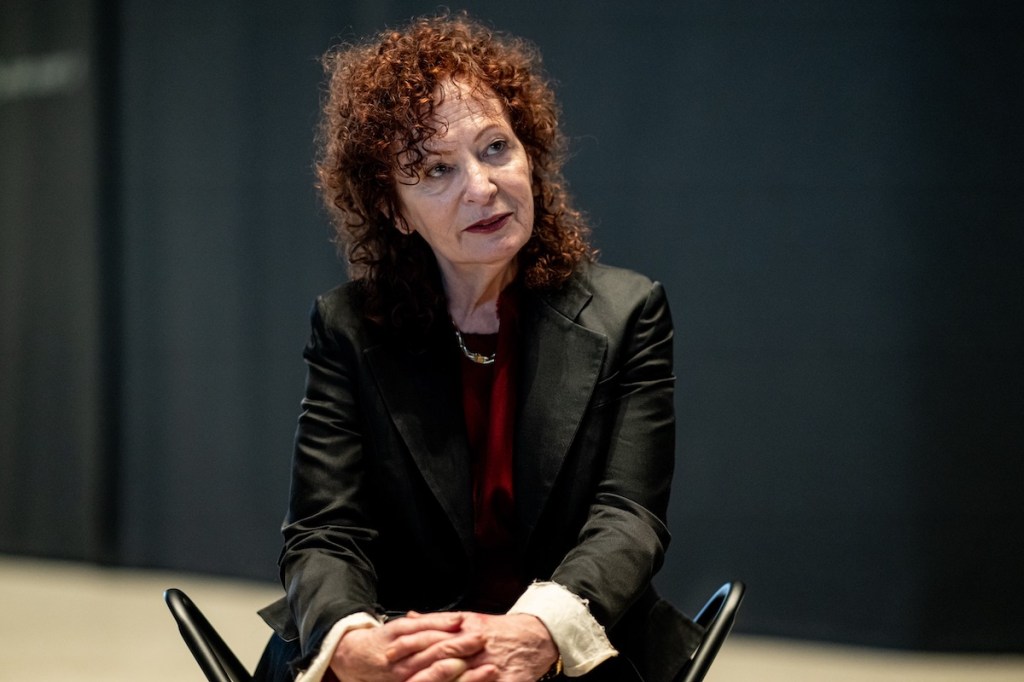Hollywood executives reached a tentative agreement with hundreds of thousands of film and TV actors on Wednesday, finally bringing to an end a seismic period of dual strikes in the entertainment industry.
The Screen Actors Guild – American Federation of Television and Radio Artists said members of the union’s negotiating committee approved the tentative deal in a unanimous vote, “bringing an end to the 118-day strike,” the union said in a statement. “The strike officially ends at 12:01 a.m. on Thursday, November 9.”
Details of what the actors won in the deal will be released Friday, when the union’s national board is slated to vote on it. It’s expected to include historic new provisions such as increased payments for the success of streaming shows, as well as protections around the use of artificial intelligence and actors’ digital likenesses.
In a series of posts on the site formerly known as Twitter, the union said it had “achieved a deal of extraordinary scope.”
“We have arrived at a contract that will enable SAG-AFTRA members from every category to build sustainable careers,” the union said. “Many thousands of performers now and into the future will benefit from this work.”
The deal will mean actors can soon return to work, pending union members’ approval of the agreement. Production on new shows and movies will be able to resume, ending the standstill on most film and TV production across the country over the last few months.
There had been hopes that actors were close to a deal in early October, after studio executives reached a different but related deal in late September with film and TV members of the Writers Guild of America, who had been on strike for nearly five months. The writers won many groundbreaking new provisions, including higher wages, streaming residuals, more transparency around streaming profits and viewership, as well as guardrails around the use of artificial intelligence. (HuffPost’s unionized staff are members of the WGA East, but covered by a different contract.)
That momentum spurred a new round of negotiations between SAG-AFTRA leaders and those same studio executives, represented by the industry group Alliance of Motion Picture and Television Producers. The two sides had not met since actors went on strike, which began on July 14, joining the 11,500 film and TV writers on strike since May 2.
But on Oct. 11, studio executives walked away from the negotiating table. According to SAG-AFTRA, the executives had “presented an offer that was, shockingly, worth less than they proposed before the strike began.” The studio executives also reportedly refused to budge on several key issues, including wage increases, streaming revenue-sharing and actors being able to consent to their AI likenesses being used.
VALERIE MACON via Getty Images
Like the writers, the actors framed the strike as an existential fight, showing how the streaming era has worsened inequities in Hollywood and endangered the livelihood of actors, the vast majority of whom live paycheck to paycheck. Both strikes have exposed systemic issues in the industry, including the huge wealth gap between entertainment workers and the studio executives who have disproportionately profited from their work.
Among the most alarming proposals initially put forth by studio executives involved practices that would eventually lead to background actors effectively being replaced by artificial intelligence. Background actors are crucial to the authenticity of films and shows.
While writers and actors went on strike over many of the same issues, there are also issues specific to actors. Among them is actors calling on companies to limit the practice of actors having to pay to do their own self-recorded auditions, which has accelerated in recent years due to the pandemic.
Both unions benefited from each other’s support, often picketing studios and company headquarters together. The twin labor stoppages and solidarity from other entertainment worker unions halted nearly all film and TV production, sending executives a clear message.
When announcing the tentative deal Wednesday, SAG-AFTRA thanked “our union siblings — the workers that power this industry — for the sacrifices they have made while supporting our strike and that of the Writers Guild of America. We stand together in solidarity and will be there for you when you need us.”
The WGA East and West also issued their own statement in celebration of SAG-AFTRA’s deal. “We’re thrilled to see SAG-AFTRA members win a contract that creates new protections for performers and gives them a greater share of the immense value they create,” the unions said. “When workers are united, they win!”
Throughout both strikes, studio executives constantly shot themselves in the foot, reinforcing their public image as out-of-touch cartoon villains, and further giving strength to the striking writers and actors.
In July, while attending a gathering of rich tech and media executives, Disney CEO Bob Iger complained that writers and actors were asking for “not realistic” demands. He also called the strikes “disruptive” (which is their intended purpose) and “very disturbing to me.”
In response, SAG-AFTRA president Fran Drescher lambasted Iger, calling his comments “terribly repugnant and out of touch.” On social media, actors and writers turned his comments into a meme — noting that for them, it’s “very disturbing” to be paid less than livable wages.
Both strikes also came at a major turning point for workers and labor unions in many industries. From Starbucks workers to auto workers, many kinds of workers across America have joined together to call out stagnant wages and corporate greed.








